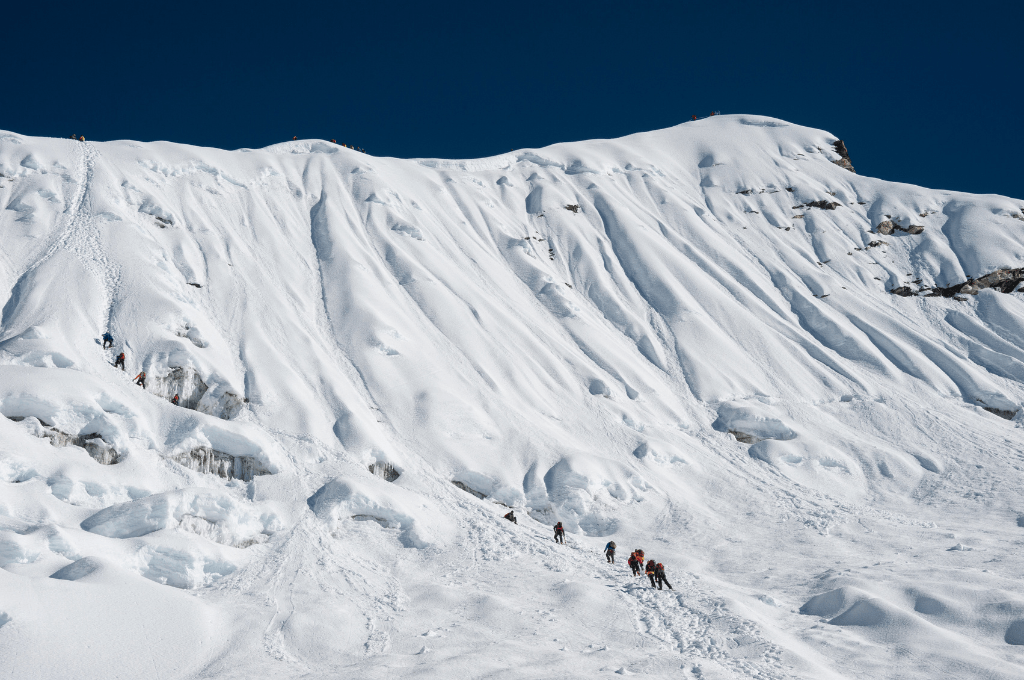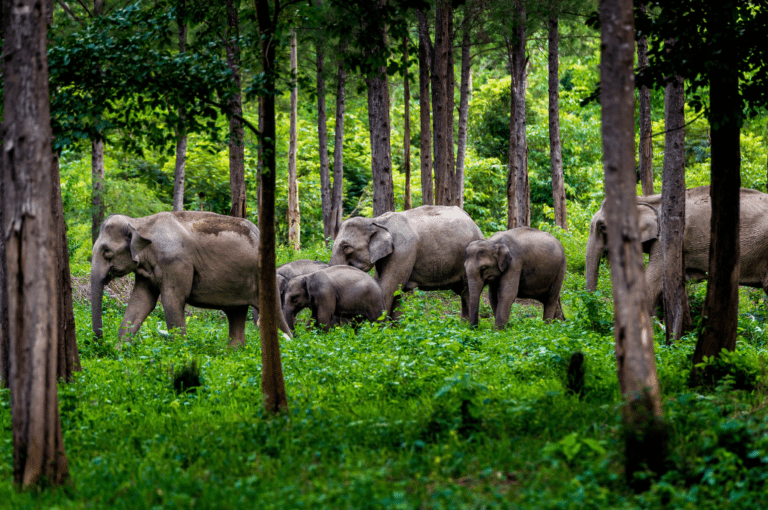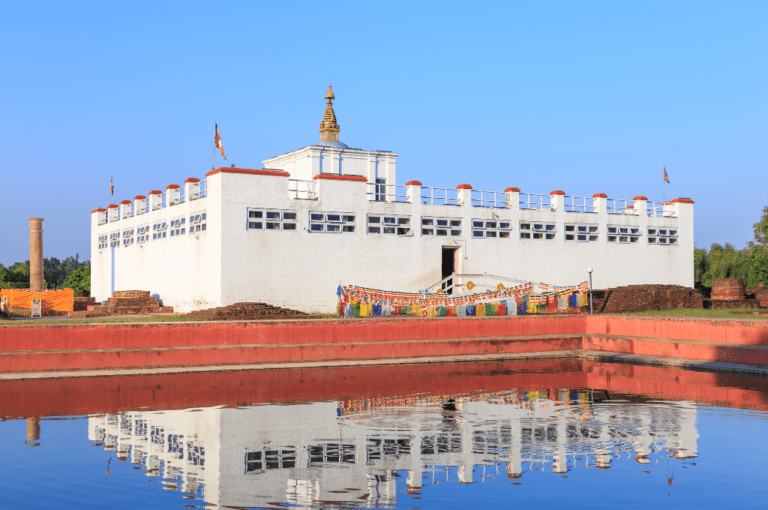Mountaineering on Mount Everest is a true test of human endurance, skill, and willpower. The highest peak in the world, standing at 29,029 feet (8,848 meters) in the Himalayas on the border of Nepal and Tibet, has long been a destination for experienced climbers looking to push themselves to their limits.
The history of climbing Mount Everest is one of perseverance and tragedy. The first successful ascent was made by Sir Edmund Hillary and Tenzing Norgay in 1953, but the mountain has claimed the lives of hundreds of climbers since then. The year 2000 saw a particularly deadly climbing season, with 15 people losing their lives while attempting to summit the mountain.

Despite the risks, the allure of standing on top of the world continues to draw climbers from all over the globe. In 2000, a record number of climbers attempted to summit Everest, with over 600 people from more than 30 different countries taking part in expeditions. This surge in popularity was due in part to the relative ease of access to the mountain, as well as the availability of commercial guiding companies that could help climbers with little experience achieve their goal.
However, the influx of inexperienced climbers also led to overcrowding on the mountain, which in turn contributed to the high number of fatalities. Many climbers found themselves caught in long lines on the mountain, leading to delays and a higher risk of altitude sickness. The narrow “bottleneck” at the Hillary Step, a challenging rock face near the summit, became particularly problematic as climbers waited for hours to ascend or descend.
Another major concern for climbers on Mount Everest is the risk of avalanches. In 2000, a massive avalanche swept through the Khumbu Icefall, a treacherous section of the mountain that is known for its shifting glacial ice. The avalanche, which was triggered by a massive earthquake in the region, killed eight climbers and injured several others. This tragedy was a stark reminder of the inherent dangers of climbing Mount Everest and the need for climbers to be prepared for the worst.
Despite these challenges, some climbers were able to summit the mountain successfully in 2000. One notable achievement was the ascent of David Sharp, an experienced climber from Great Britain, who reached the summit without the use of bottled oxygen. Sharp’s climb was a testament to the power of human endurance and the ability of the human body to adapt to extreme conditions.
In conclusion, climbing Mount Everest is an incredibly challenging and dangerous endeavour that requires extensive training, experience, and specialized equipment. While the allure of standing on top of the world is strong, it is important for climbers to be aware of the risks and to be prepared for the worst. The year 2000 was a tragic reminder of the perils of climbing on the world’s highest peak and serves as a cautionary tale for climbers to this day. Despite the dangers, the spirit of adventure and the desire to push oneself to the limit will continue to draw climbers to the mountain for years to come.
Everest Basecamp Hiking

Hiking to the base camp of Mount Everest is a popular trekking destination for adventure seekers. The base camp, located at an altitude of 17,598 feet (5,364 meters) in the Khumbu region of Nepal, offers stunning views of the mountain and the surrounding Himalayas.
The trek to base camp typically takes around 12-14 days and passes through picturesque villages, lush forests, and high altitude passes. Along the way, trekkers will have the opportunity to experience the culture and way of life of the local Sherpa people and get a sense of the scale of the mountain.
It is important to note that hiking to the base camp of Mount Everest is not an easy feat and requires a good level of physical fitness and acclimatization. The trek is at high altitudes and can be quite strenuous due to uneven terrain and altitude sickness. It is also important to be prepared for extreme weather conditions, as temperatures can drop significantly at night and the trail can be icy and snowy.
It is recommended to hire a guide and/or porter to assist on the trek, as they will have knowledge of the route, can provide information on local culture and customs and can help with carrying gear and supplies.
Overall, hiking to the base camp of Mount Everest is an unforgettable experience that offers not just the opportunity to see the world’s highest mountain up close, but also to explore the natural beauty of the Himalayas, the culture and way of life of the Sherpa people and to push your own physical limits.



